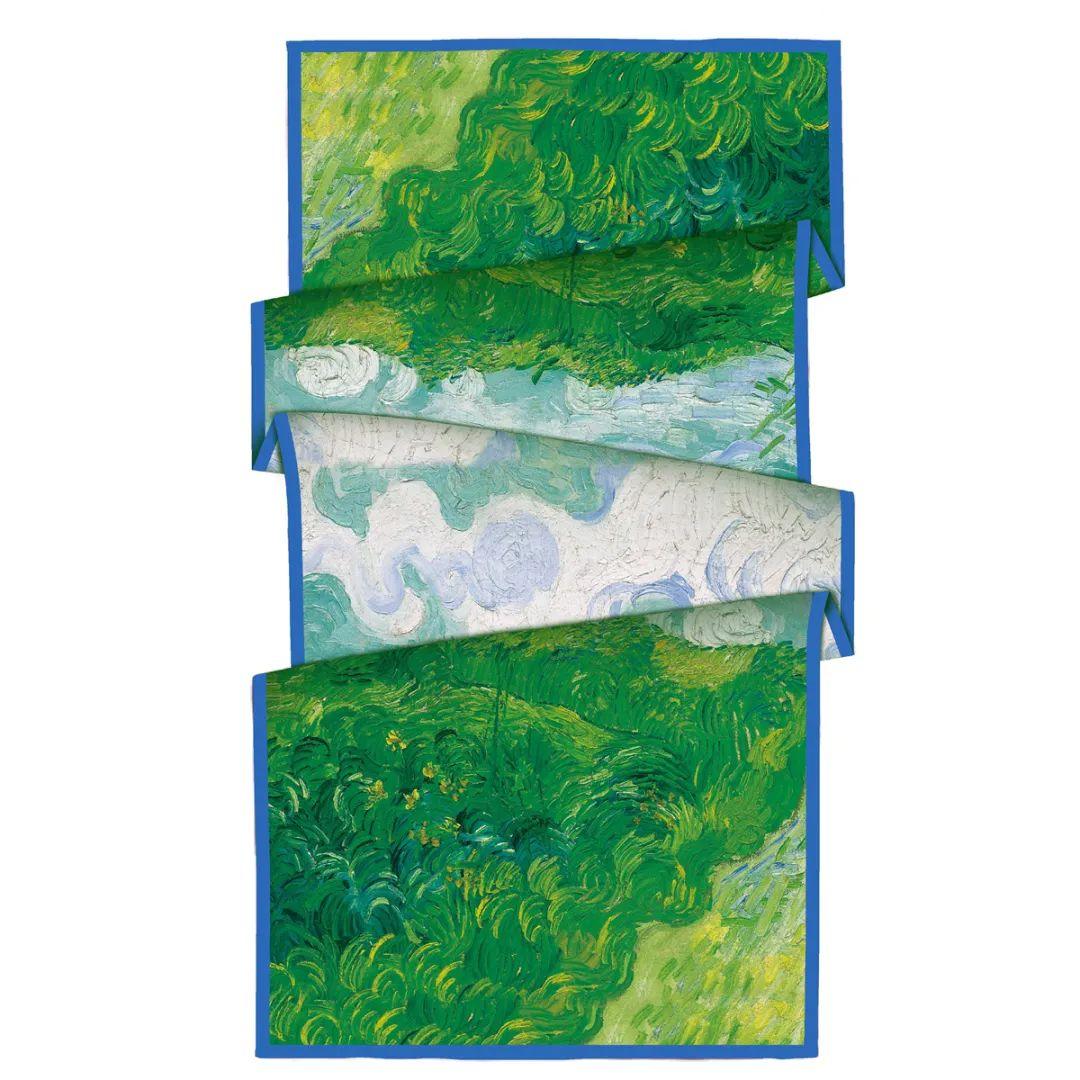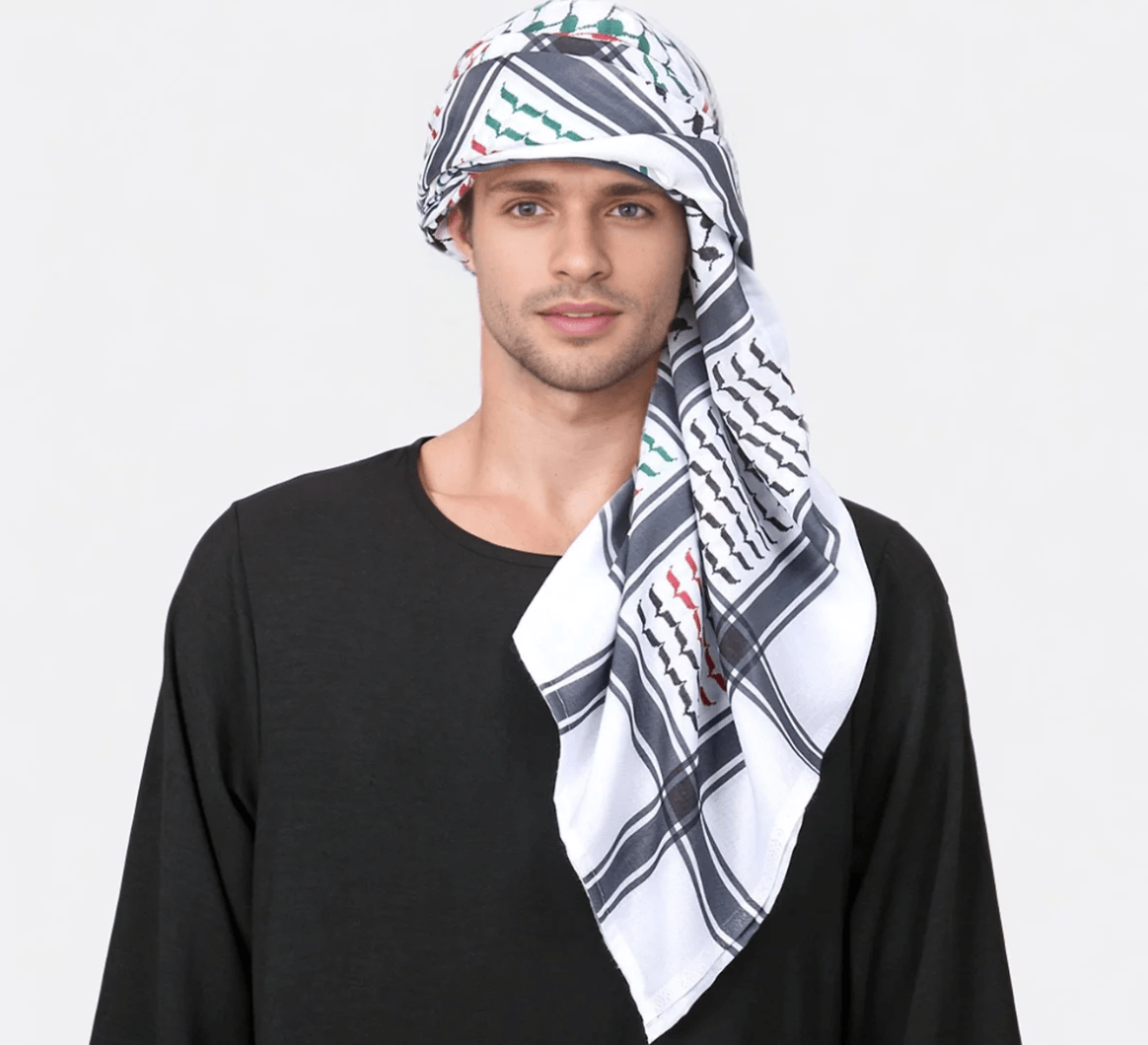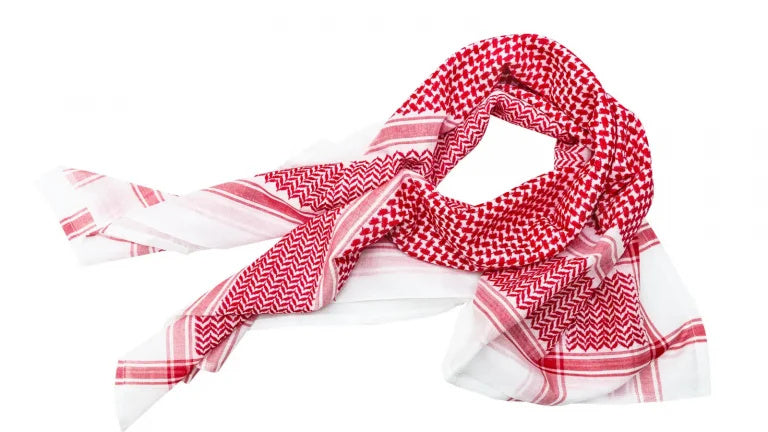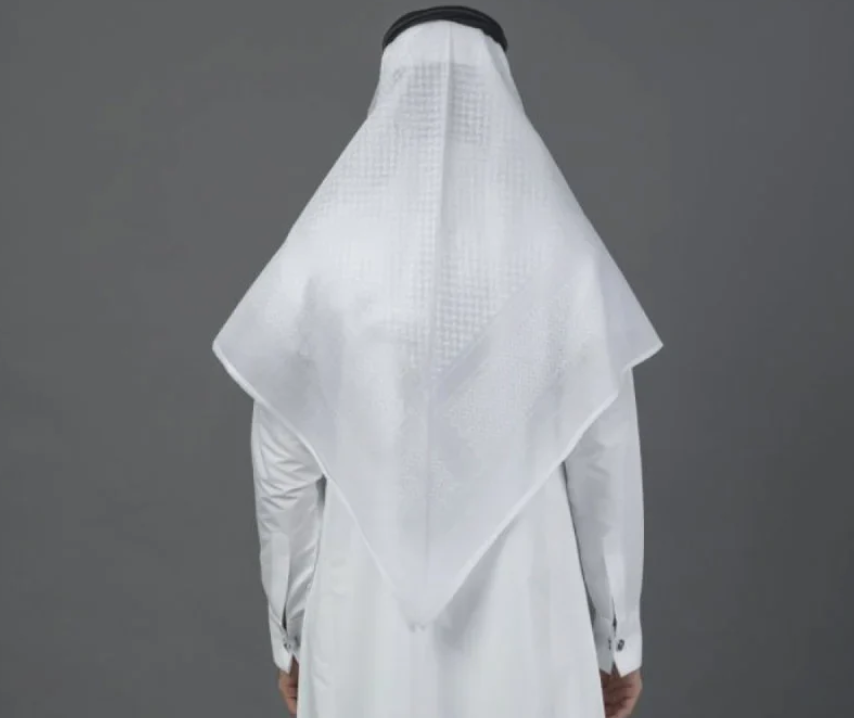



Fabric selection:
High-quality pure cotton yarns or cotton blends are usually selected to ensure comfort, breathability and durability.
In some seasons, wool or other natural fibers may be used to increase warmth retention.

Weaving process:
Jacquard technology: Use a jacquard loom to achieve complex pattern weaving by controlling the rise and fall of each warp. This is especially important for the geometric patterns and symbols commonly found on Arabic scarf.

Quality inspection and packaging:
Carry out final quality inspection and packaging of the finished to ensure that each product is up to standard and free of chromatic aberrations, broken wires or pattern errors.
You may also like
-
“Arrested, Shot, Still Fighting to Make America Great Again.” --Trump
Regular price $10.00 USDSale price $10.00 USDUnit price per
Regular price -
"London Charm · Eiffel Tower Flower Scarf" - Sunburn & Sheepskin
Regular price $14.28 USDSale price $14.28 USDUnit price per
Regular price$17.14 USDSale -
"Starry Night Dream: Van Gogh Art Inspired Scarf" --- Starlight Blue & Evening Blue
Regular price $7.19 USDSale price $7.19 USDUnit price per
Regular price$8.89 USDSale -
2024 Paris Olympic Lavender Flower Print Shawl Scarf --Lilac & Lavender Fog
Regular price $7.19 USDSale price $7.19 USDUnit price per
Regular price$8.59 USDSale














